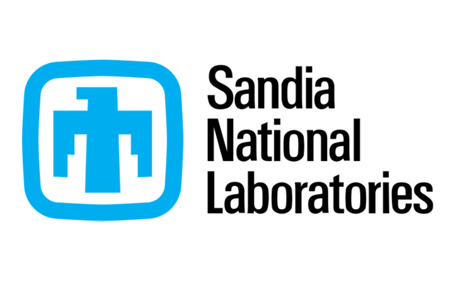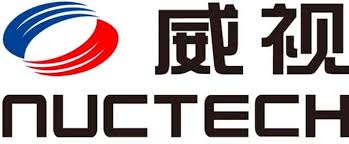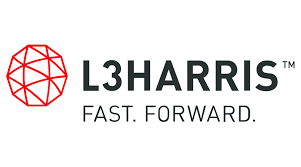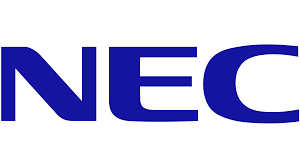Homeland Security Research Corp. (HSRC): Global Counter-Drone Market Forecast to Grow at a 2018-2023 CAGR of 37.2%
WASHINGTON DC, June 26, 2019
The “Anti-Drone Market & Technologies – 2019-2023” market report that has been recently published by Homeland Security Research Corp. (HSRC) examines each dollar spent in the market via 5 orthogonal money trails: regional markets, national markets, vertical markets, sub-markets and by solutions market. This report is a valuable resource for executives with interests in the industry. It has been explicitly customized for industry and decision-makers to enable them to identify business opportunities, emerging technologies, market trends and risks, as well as to benchmark business plans.
The potential threat posed by an inexpensive drone carrying a home-made bomb near an airplane or a football field is now apparent to everybody. Little has been done, however, to mitigate the issue. Counter-drone technology, also referred to as anti-drone, refers to systems that are used to detect and/or intercept unmanned aircrafts. These systems are also known as counter-UAS, C-UAS, or counter-UAV.
Airports, critical infrastructure, and even stadiums are on the lookout for the growing threat of drones. In the past 2 years, there have been numerous incidents of drones infiltrating secure airspace. Luckily, most of these events were not due to terrorist attacks, but rather small drones flying in the vicinity of airplanes, bases, or large public spaces. However, recent reports by the FBI demonstrate that organized crime groups are using drones for their operations, and Saudi security forces have even shot down a drone near a palace belonging to King Salman. These are only a few examples out of many indicating that crime and terror groups are starting to use drones as weapons.
The existing solution for these kinds of threats is typically the use of anti-air missiles. However, wasting an expensive missile on an inexpensive drone is not scalable and poses a threat to the nearby area. Therefore, alternative countermeasures are being tested. These new systems must be cheap, easy to build, and easy to learn how to use. While Manufactures continue working on 1st and 2nd generation drone defense solutions and products, it is uncertain which solution will become mainstream.
Anti-drone systems rely on a variety of techniques and technologies for detecting, tracking and/or intercepting drones. The systems can be ground-based, hand-held or UAV-based. Each platform has technological capabilities to either track & detect or intercept (countermeasure) a drone or have both options. Furthermore, each platform can be based on a different kind of technology to perform the task in hand, for example, radar, RF, IR, etc.
Detection & tracking systems include the following technologies:
- Radar
- Radio-Frequency (RF)
- Electro-Optical (EO)
- Infrared (IR)
- Acoustic
- Combined Sensors
Countermeasure technologies include the following:
- RF Jamming
- GNSS Jamming
- Spoofing
- Laser
- Nets
- Projectile
- Combined Countermeasure Elements
Platforms types include the following:
- Ground-based
- Hand-held
- UAV-based
2019 is expected to be a year of significant growth in the anti-drone market as multiple RFPs are being issued around the world for systems that can deal with this type of threat. There are over 150 manufactures offering over 200 C-UAV products and systems. Prominent companies leading innovation in this market are Aaronia AG, Black Sage Technologies, Blighter, Cerbair, Drone Detection Sys, Drone Shield, Gryphon Sensors, Hensoldt (former Airbus EBS), Kelvin Hughes, Lokmas, Rafael, Leonardo, SRC, TeleRadio, Artsys360, Dedrone, Department 13, Elbit Systems, My Defence, Rhode & Schwartz, Sensofusion, Skysafe, WhiteFox, Acipiter, Advanced Radar Technologies, Aveillant, DeTect, Magos Systems, MyDefence, Robin Radar Systems, Thales, Battelle, Radio Hill, SteelRock UAV, Zala Aero Group, OpenWorks, arbe Robotics, Aerotenna and others.
Questions answered in this market report include:
- What will the Counter-Drone market size be in 2019-2023?
- Which verticals are the fastest-growing?
- Which countries are expected to invest in Counter-Drone solutions and services?
- What are the Counter-Drone market drivers and inhibitors?
For more information, or to purchase a copy, please visit us here
The use of counter-drone technologies can also be implemented in safe-city projects. For further information regarding the safe-city market see our “Safe City Market, Technologies & Industry 2017-2022” report.
About Homeland Security Research Corp. (HSRC)
Homeland Security Research Corp. (HSRC) is an international market and technology research firm specializing in the Homeland Security (HLS) & Public Safety (PS) industry. HSRC provides premium off-the-shelf and customized market reports on present and emerging technologies and industry expertise, enabling global clients to gain time-critical insight into business opportunities. HSRC’s clients include the U.S. Congress, DHS, U.S. Army, U.S. Navy, DOD, DOT, GAO, NATO and EU, among others; as well as government agencies in Japan, Korea, Taiwan, Israel, Canada, UK, Germany, Australia, Sweden, Finland, Singapore. With over 950 private sector clients (73% returning), including major defense and security contractors and Fortune 2000 companies, HSRC earned the reputation as the industry’s Gold Standard for HLS & PS market reports.
Washington D.C. 20004, 601 Pennsylvania Ave., NW Suite 900,
Tel: 202-455-0966, info@homelandsecurityresearch.com, hsrc.biz














